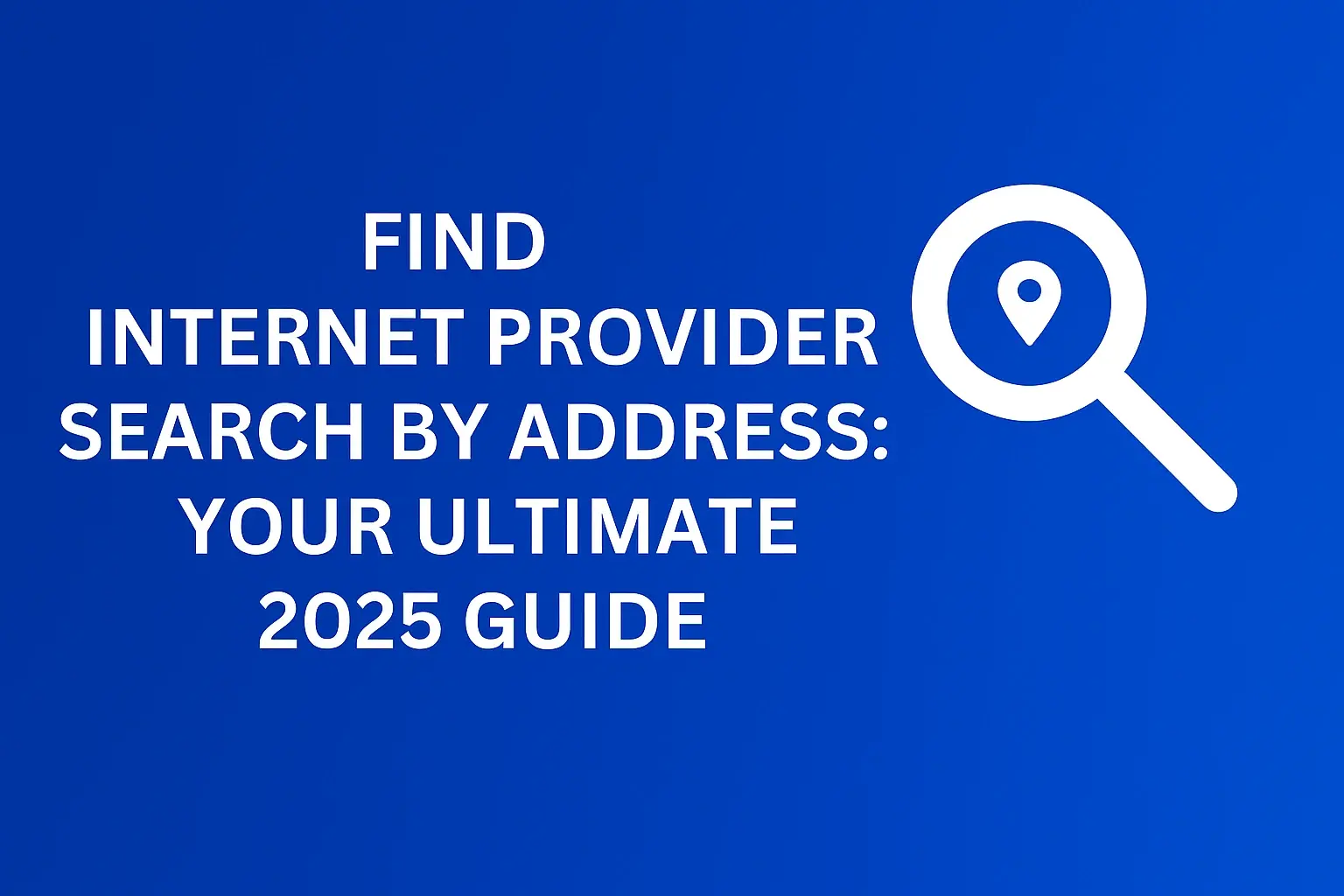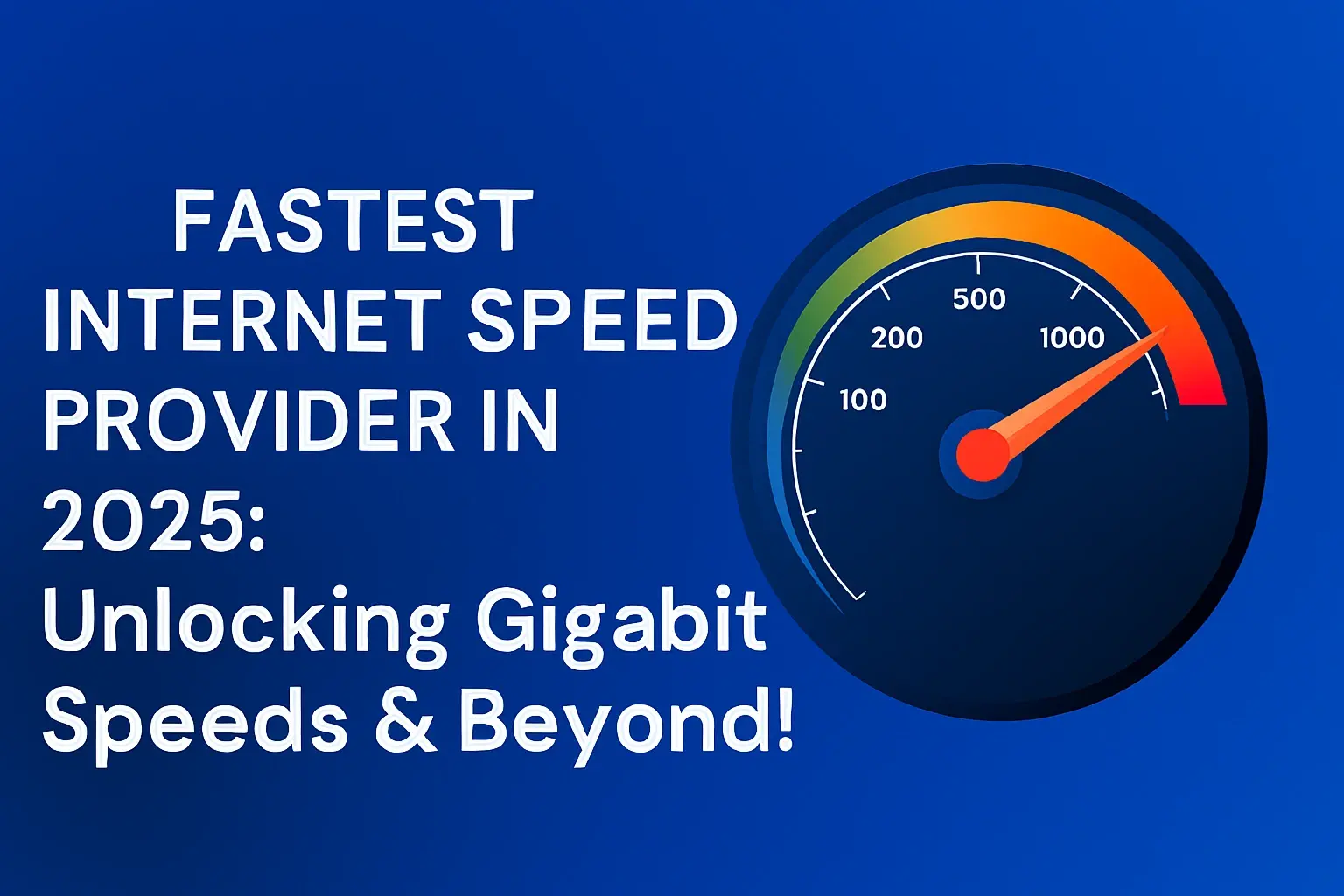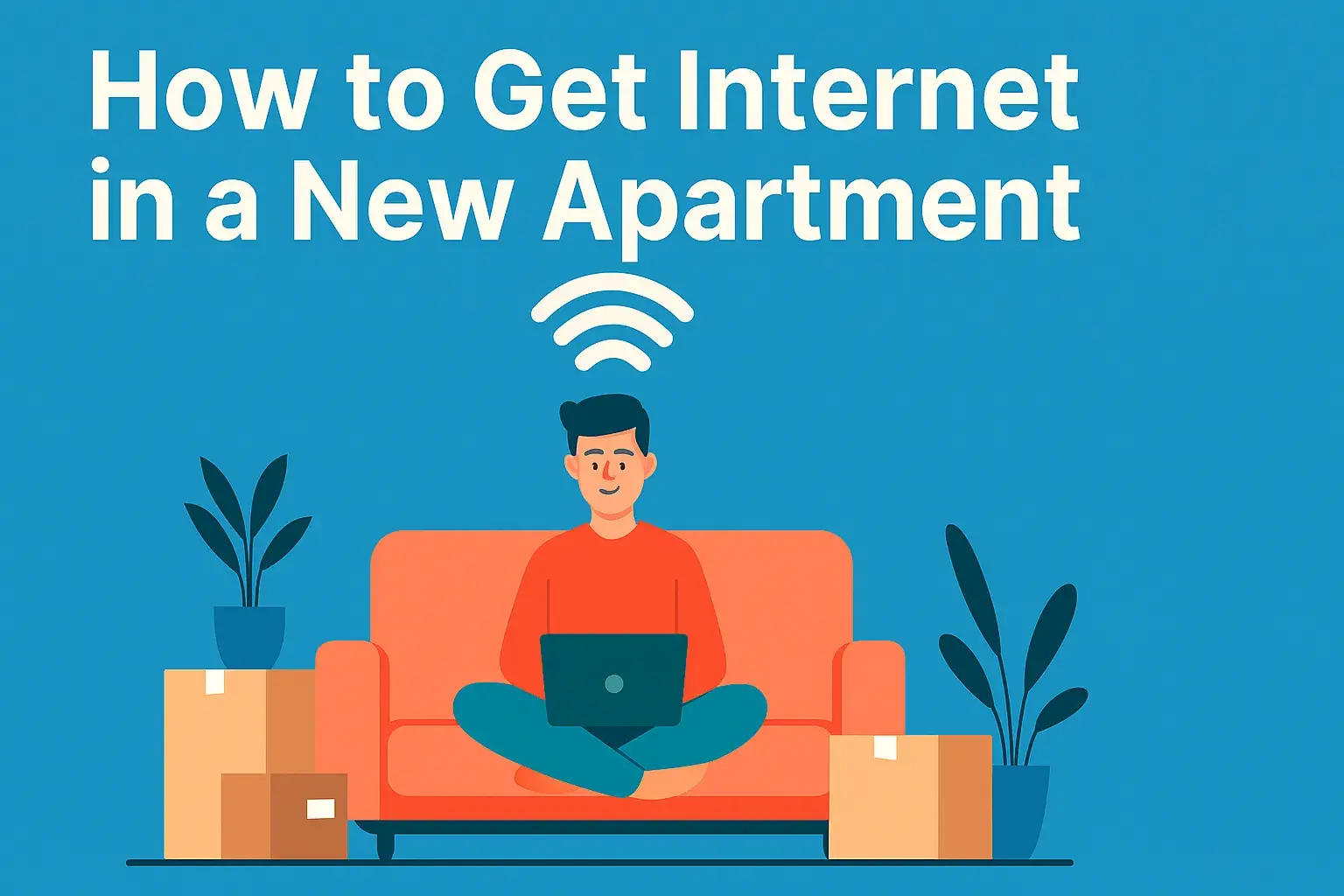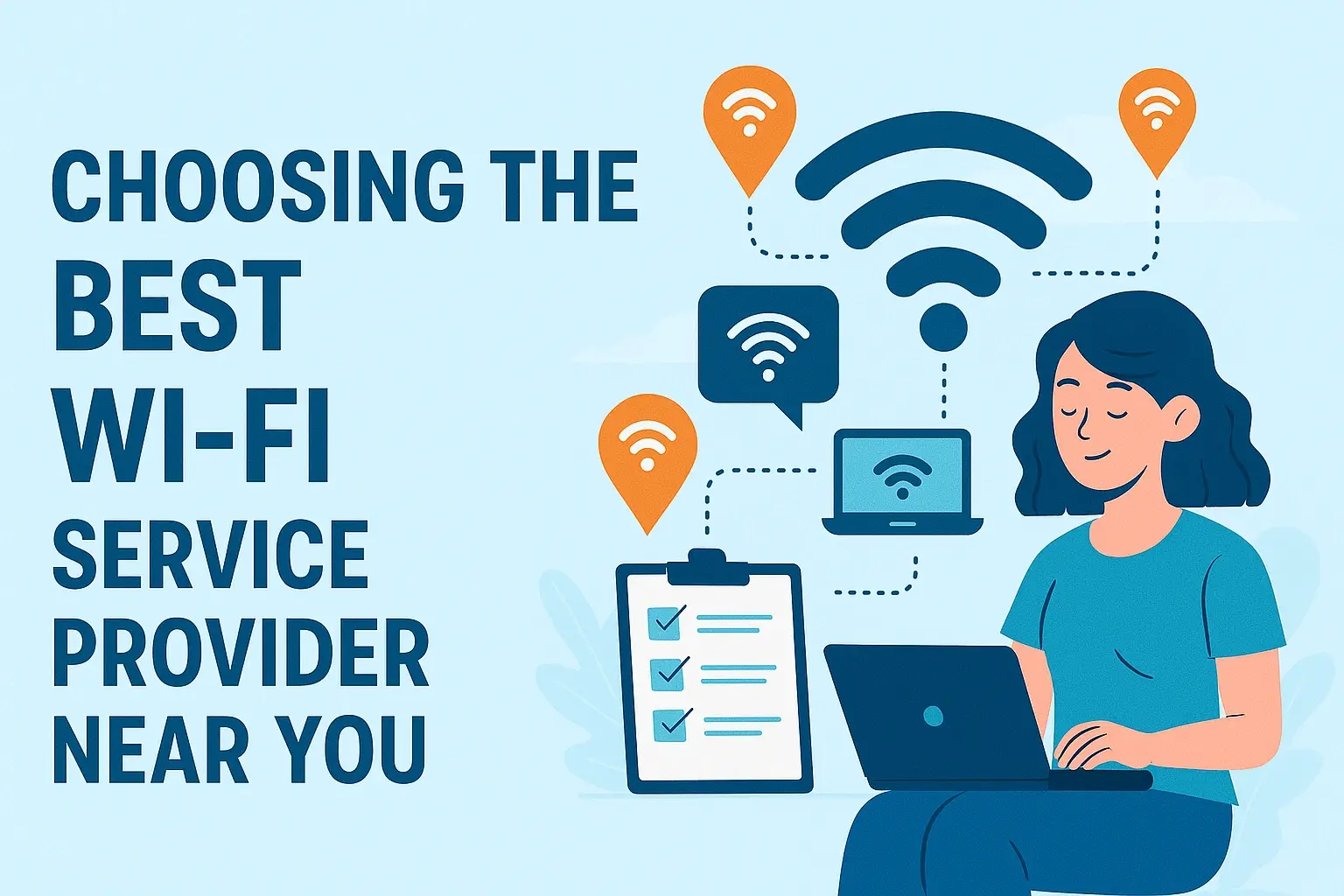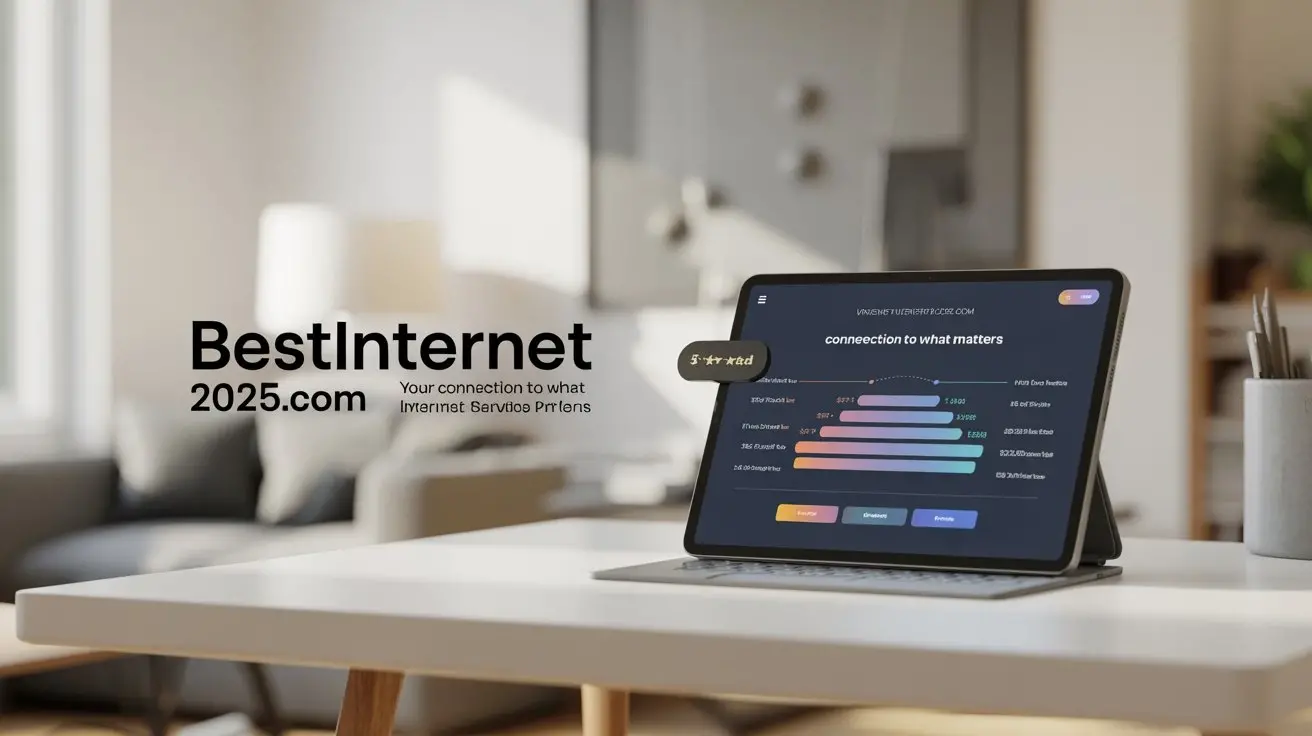What to do if your area doesn't have fibre?
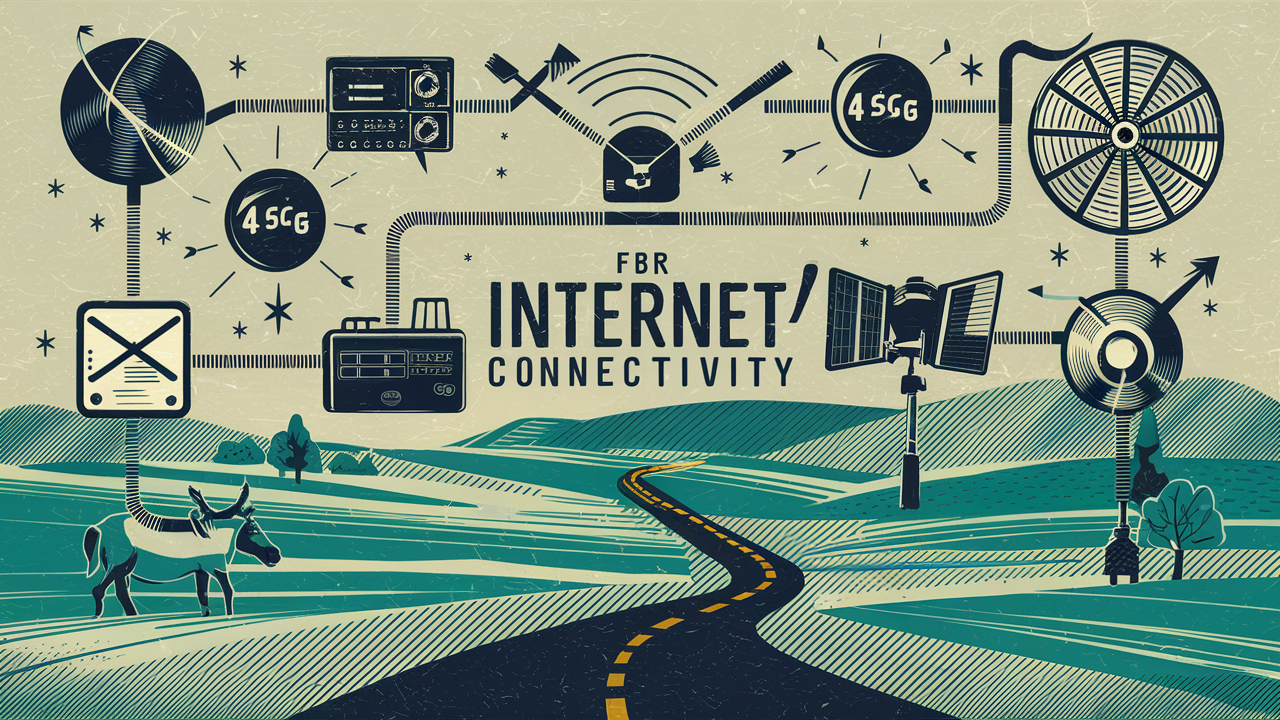
Some regions in the country still cannot enjoy a fiber internet connection. Although fiber is gradually being rolled out across the country, there are many areas still using slower technologies such as DSL, satellite, and wireless only. Lack of super-fast fiber can be troubling to some extent because a lot of activities depend on the internet nowadays. From watching movies online and conducting video calls to working from home, a fiber connection is so much better.
Now, let’s discuss the possible course of action if fiber internet service is not accessible in your area. Here are some options to consider: Here are some options to consider:
Consider Other Home Internet Choices
You might be able to find cable internet or fixed wireless providers even if you do not have fiber options. Cable internet speed is tremendously faster than DSL or satellite, with speeds of download starting from 200 Mbps offered by giants like Xfinity and Spectrum. The fixed wireless connections transmit the signals through the radio towers and can offer speeds over 100 Mbps if a direct sightline to the towers is possible. While these options are not as fast as fiber, they are a step up from slow DSL.
Utilize Public WiFi Hotspots
If the only internet providers available where you live offer very slow speeds, you may want to find WiFi hotspots that you can use sometimes for your internet needs. Common places where free public access points are available include: public libraries, coffee shops, parks, community centers, and even fast food. Parking in your car or staying on your laptop at these hotspots ensures that you get to access much faster downloads for movies, shows, meetings, and many other uses, which is not so convenient for home use, but convenient when required.
Use Cellular Data/Hotspots
Currently, 5G and 4G LTE mobile internet connection rates are not significantly different from many first-tier cable and DSL home connections. If you have an unlimited mobile data plan, then using that mobile connection for home WiFi can provide you with a speed of 25-100+Mbps, depending on coverage in your area. It is also possible to tether your smartphone and convert it into a portable WiFi connection for other devices. Other mobile hotspots are specific devices available from wireless providers for Internet sharing. The only thing I would advise you to watch out for is mobile data quotas, which reduce speeds to a maximum usage per month.
Bridge Long Distances
If it is impossible to get fast internet locally, attempts to bridge long distances can sometimes successfully solve the issue. For instance, if a home nearby has good cable internet, long-range wireless bridges can transmit signals between the two places, effectively extending Internet connections from farther distances. Licensed point-to-point microwave backhaul equipment is very high but costly; Ubiquiti and some other enterprise equipment have far better DIY kits. The challenges include determining the right height of the building and the right path, as well as having power at the site. However, this approach has benefited some rural areas by providing improved road networks to connect them.
How to: Lobby Your Local Government & Service Providers
Inform your local government officials that the lack of fast affordable internet options significantly hinders the potential in your region for remote employment, home-based businesses, distance learning capacities, telemedicine services, housing appreciation, and many others. Phone, email, join the town hall meetings, and pass petitions for better internet connection services. Campaigns that may involve approaching state and federal representatives may also support the cause or attract grants for enhancing broadband in the area.
You can also contact providers like AT&T, Comcast Xfinity, Spectrum, Verizon FiOS, TDS Telecom, and fixed-wireless providers of your choice to express your desire to have services in your area. Community requests can sometimes be the driving force behind expansion when companies are unaware of demand or revenue potential. Just understand that most ofte, in places that are not developed enough yet costs more in terms of cabling and installation of equipment, so there is the aspect of money as well. However, enough voices may force providers to fund the increase in availability.
Be Patient
The bright aspect is that more areas are getting a chance to access fiber internet every year. The federal and regional infrastructure investment continues to allocate more money for the closure of this gap. Most ISPs have realized that it is good for businesses to venture into rural areas. Internet connection should not be looked at as a luxury service like electricity and water, but as a basic need. Therefore, over time, regions that currently only have access to below-standard DSL, satellite, or wireless may one day get wired for fiber. Call your local government to find out if there is any attempt to expand fiber and to express your interest. Then arm yourself with patience or look for the other best options in the meantime.
There are still issues with high-speed internet connections in several rural areas. However, sustaining the public pressure along with the economics of enhancing the service’s viability will inevitably link more households. You may not get fiber internet this year, but in wireless and satellite, there are also improvements in these areas. And quite likely, fiber, 5G, or other latest technologies will come knocking at the door sooner rather than later.
Upgrade to faster, more reliable AT&T Fiber Internet today! Call us at +1 844-905-5002 and get connected with speeds that keep you ahead.
